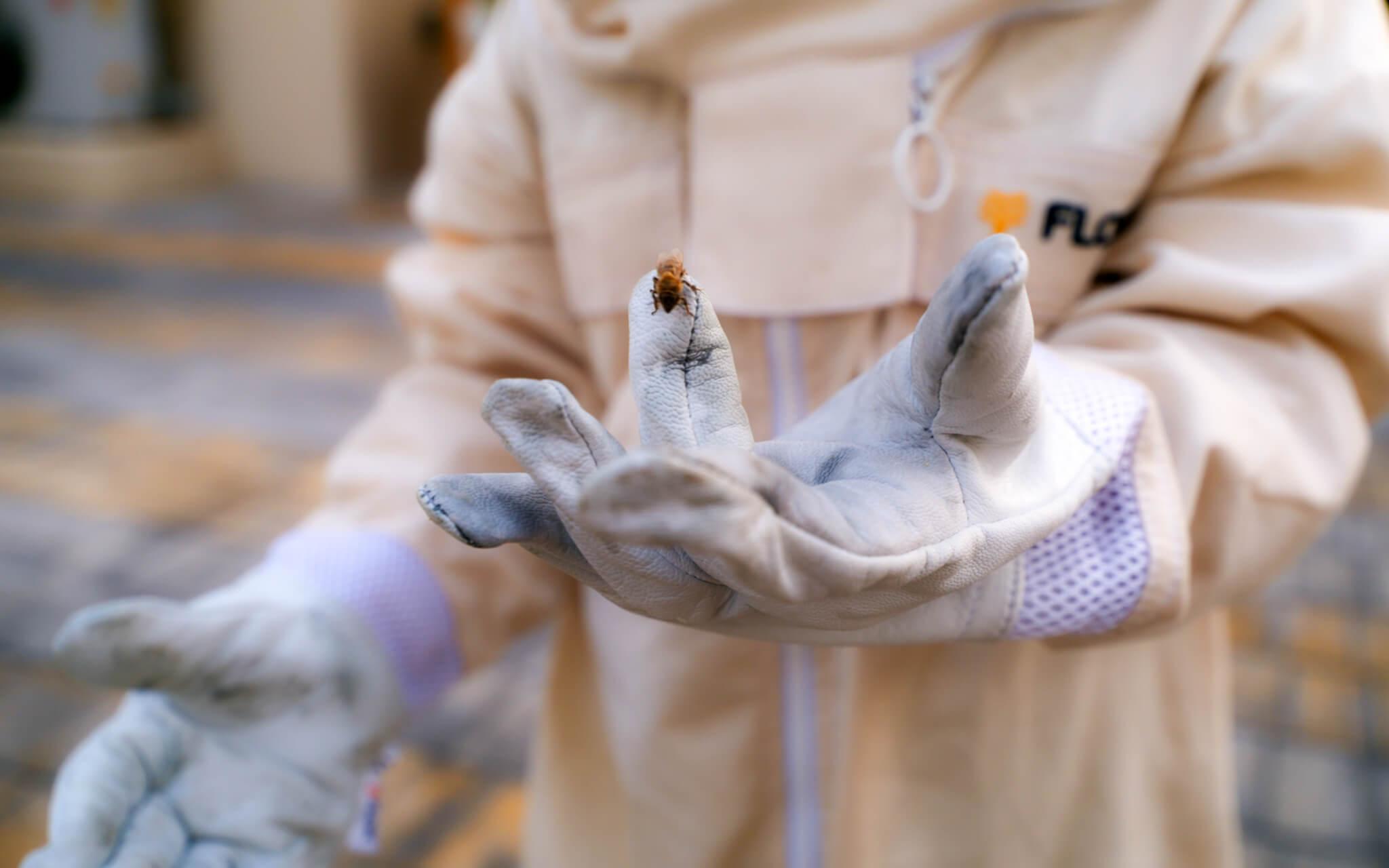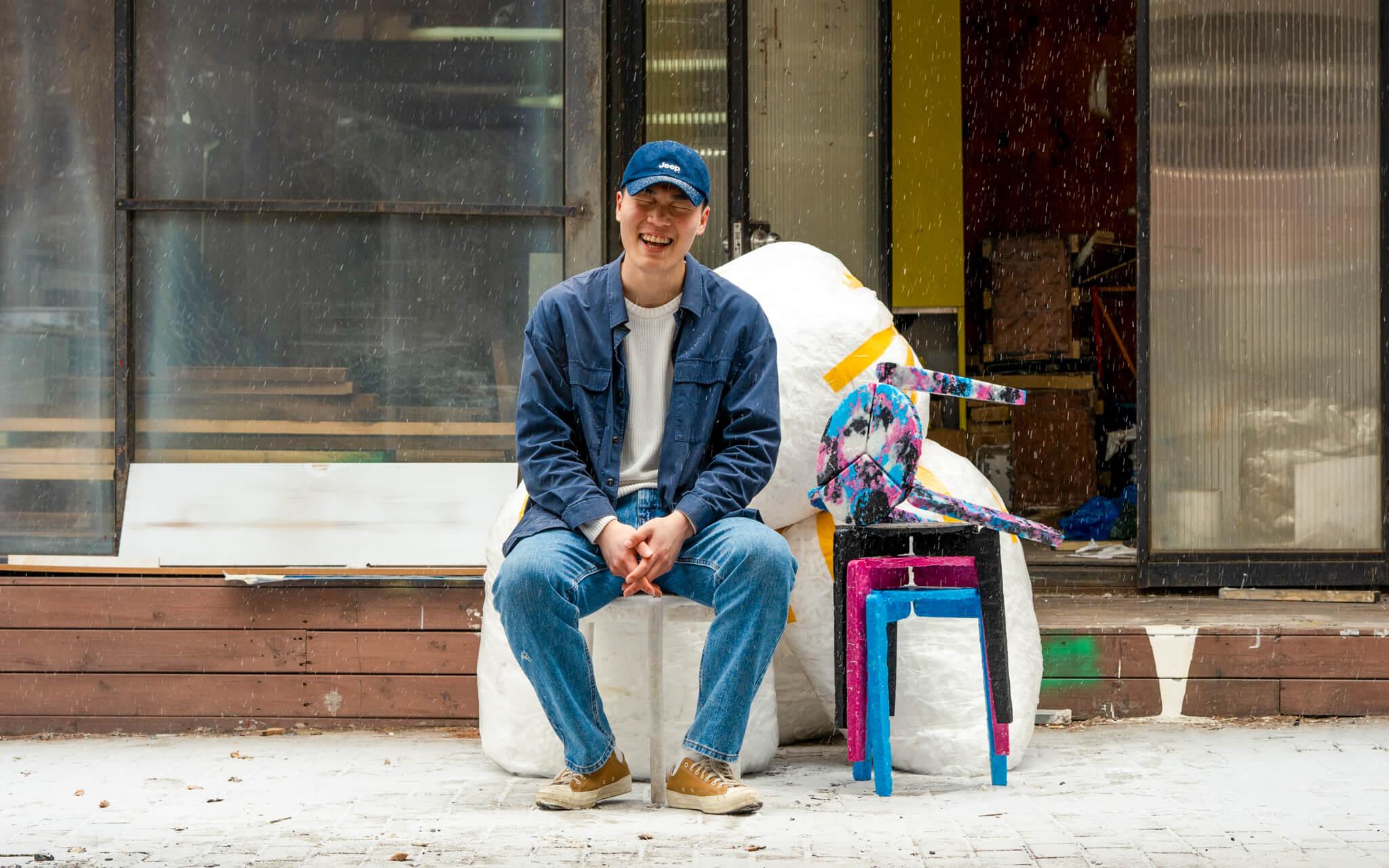One Health, Two Species
In Uganda's mountain forests, Dr Gladys Kalema-Zikusoka discovered that saving endangered gorillas meant first helping their human neighbours. As founder and CEO of Conservation Through Public Health (CTPH), she's pioneering an approach that transforms the futures of both species.
It began with a single note.
As eight-year-old Gladys practised at her family's piano in Kampala, Uganda, she sensed she wasn't alone. Turning slowly, she found Poncho, their neighbour, the Cuban ambassador's pet monkey, watching her with unblinking curiosity. Carefully, she stepped back, giving the unexpected visitor space to explore.
The mischievous monkey reached out slowly – and, with one deliberate finger, pressed a single key. That moment of connection would shape her life forever.
“I was amazed,” Dr Gladys recalls. “Not only did his fingers look like mine, but he could play the piano. That's when I became fascinated by animals that are similar to us, like primates.”
Growing up during Idi Amin's regime, Dr Gladys found comfort in animals, especially the stray cats and dogs her brother would bring home. At 19, visiting Queen Elizabeth National Park with her school wildlife club, Dr Gladys witnessed the devastating impact of civil conflict on Uganda's wildlife.
The country had been ravaged by war, and its native species mercilessly poached by hungry soldiers. Standing there, she asked herself: “Why don't I become a vet who can bring back the wildlife, Uganda's wildlife, to its former glory?”
By 1996, at just 25, she became Uganda's first wildlife veterinarian, working in one of Africa's most remarkable landscapes: Bwindi Impenetrable National Park. This ancient rainforest, surviving for over 25,000 years, sheltered nearly half the world's remaining mountain gorilla population – an estimated 300 individuals. Here, she made a discovery that would revolutionise wildlife conservation: human and animal health were inseparable.
The revelation came through crisis. A scabies outbreak struck Bwindi's gorillas, baffling Dr Gladys. “The vets in Rwanda had never seen anything like it," she says. A conversation with a local doctor revealed that scabies was common in communities with limited access to hygiene facilities. The gorillas contracted it from contaminated clothing used in scarecrows—human poverty directly threatened wildlife health.
As gorillas lost their fear of humans through habituation for tourism and research, they began venturing more frequently into community lands, increasing their exposure to human diseases. “You couldn't keep the gorillas healthy without improving the health of their human neighbours,” Dr Gladys explains. This understanding led her to establish Conservation Through Public Health (CTPH) in 2003, pioneering a ‘One Health’ approach that addresses human, animal, and environmental health as an interconnected system.
Working with over 430 community volunteers known as Village Health and Conservation Teams, CTPH has transformed lives across Uganda. “We don't just talk about one thing,” she emphasises. “We talk about the benefits of having manageable families, why we should protect the gorillas, how we can all benefit from conservation, and why it's important to be healthy and hygienic.”
Family planning adoption has soared above the national average in target communities, reducing pressure on the forest while empowering women. The organisation's Gorilla Conservation Coffee initiative has grown from 75 farmers to 630, with women's participation expanding from just five to 230 farmers. “They're actually better farmers than the men,” she adds with a laugh. “We're always thinking seven steps ahead.”
CTPH's integrated approach has reached 50,000 people, with women making up half of its community volunteers - a revolutionary shift in the traditionally male-dominated field of conservation. This representation, combined with Dr Gladys's leadership (chronicled in her 2023 memoir Walking with Gorillas: The Journey of an African Wildlife Vet), has dramatically improved both human health metrics and wildlife conservation outcomes.
Yet, challenges persist. While the gorilla population grows, their habitat continues to shrink through deforestation and tree cutting for fuel and farming. Half of Uganda’s 28 habituated gorilla groups regularly venture outside the park into community lands, and climate change brings new threats: “There's longer periods of drought and flooding. We're seeing diseases like malaria appear at altitudes where they've never been seen before.”
We don't just talk about one thing. We talk about the benefits of having manageable families, why we should protect the gorillas, how we can all benefit from conservation, and why it's important to be healthy and hygienic.
The communities around Bwindi have evolved alongside the gorillas. Traditional beliefs once kept the great apes safe through superstition – it was considered bad luck to look them in the eyes. Today, that protection comes from understanding and mutual benefit. Even the Batwa community, displaced when the forest became a national park, have found new ways to connect with their former home. “They want to return as tourists," Dr Gladys notes. "They're seeing the gorillas as their future.”
Her vision extends beyond Uganda to all ten African countries with gorilla populations. “If you integrate conservation and public health, you create solutions that work for everyone,” she explains. “Looking at either in isolation means both suffer. When we heal the divide between human and wildlife communities, both thrive.”
This transformative vision hasn't come easily. “After all these years, I'm one of only a few women honorary wildlife officers here... Conservation has changed. Things have changed.” It's this same spirit that led her to challenge conventional approaches, proving that to save gorillas, you must first help their human neighbours, and that lasting change comes through understanding our deep connections to each other.
Through the corridors of power where she stands often as the only woman, through the mountain forests where she's earned the trust of gorillas and communities alike, Dr Gladys continues to forge new paths.
“People used to hear others talking about conservation in Africa, who were not from Africa,” she reflects. “Now they're seeing Africans leading conservation efforts—and women too.”
“That changes everything.”
Most Popular
The Climate Tribe delivers stories about Biodiversity and Conservation, Circular Economy, Food and Water , and how they intersect with climate.
Subscribe
Get the latest stories inspiring climate action around the globe straight to your inbox.






